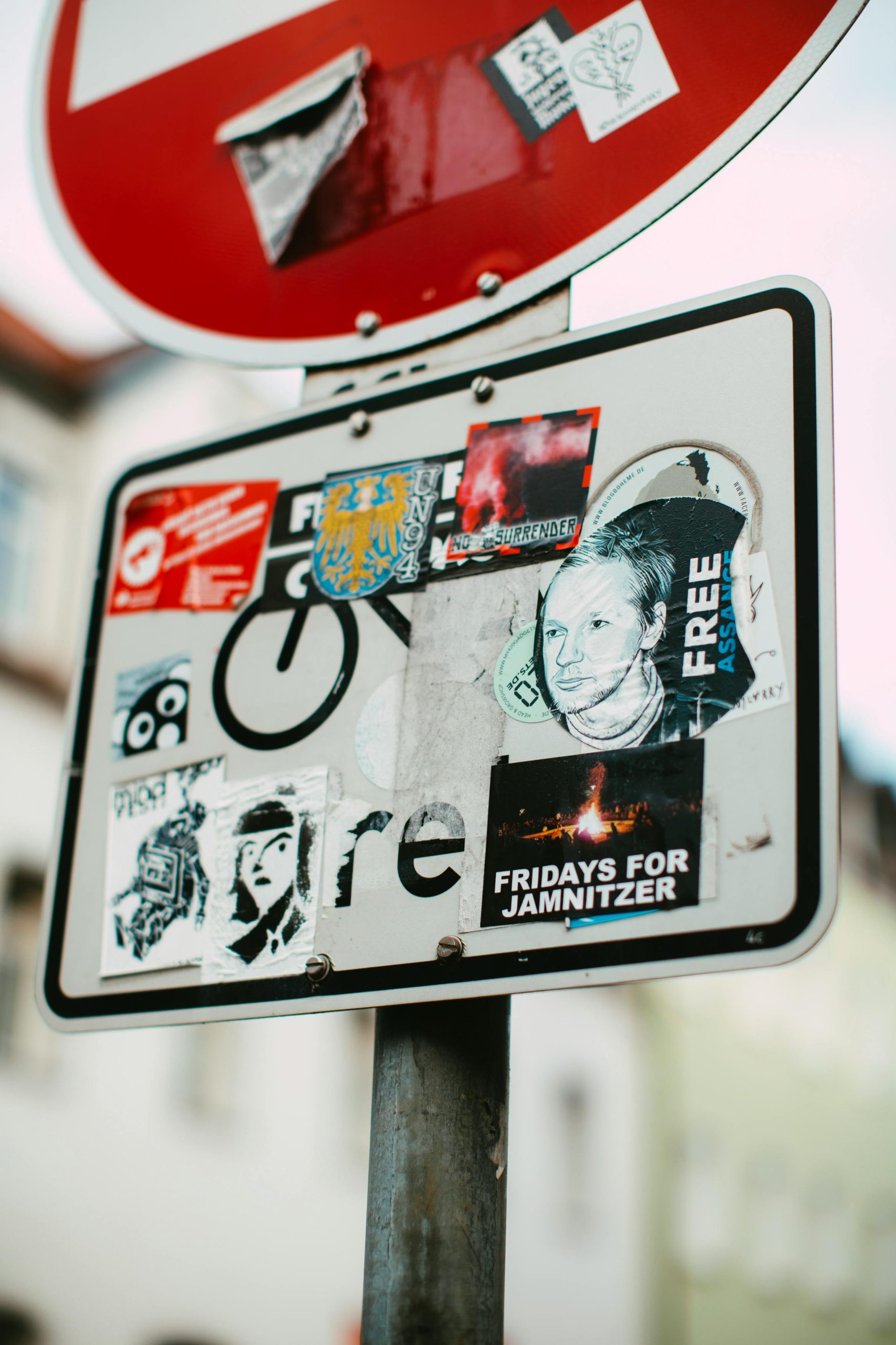There are several factors that might explain the lack of widespread protests in America. Firstly, people often have diverse opinions about the notion that America is “crumbling,” and these differing perspectives can affect whether or not they believe protests are necessary. While some individuals might perceive certain policies or events as indicative of a decline, others might feel hopeful or see these issues as temporary or exaggerated.
Secondly, political polarization may contribute to a lack of unified protest movements. Americans today are often deeply divided along political, social, and economic lines, which can hinder large-scale mobilization efforts. When people are split not just on the causes of perceived issues but also on potential solutions, organizing cohesive protests becomes significantly more challenging.
Moreover, issues like protest fatigue and skepticism towards the efficacy of demonstrations can deter participation. Given the frequent occurrence of protests in recent years, some individuals may feel that such efforts have limited impact on policy change or broader societal shifts, opting instead to channel their energy into alternative forms of activism such as voting, community organization, or online advocacy.
Additionally, logistical barriers and risks associated with protest can also deter participation. Many people may be concerned about employment-related consequences, family responsibilities, or potential legal and safety risks connected to attending protests, particularly in a time of heightened political tensions and unrest.
Lastly, the current media environment can also play a role. With an oversaturation of information and rapid news cycles, public attention can quickly shift from one topic to another, giving certain issues less sustained coverage or urgency. The focus of the media largely influences the topics that dominate public discourse, which can impact the formation and visibility of protest movements.



